Every once in a while, I receive a message on Facebook. A friend (or a friend/colleague/relative of a friend) is visiting Portugal for the first time and looking for some tips on what to do there. I’m asked for a quick run-down of my favorite places to go during a brief visit, often tacked onto a trip to Spain or a backpack around Europe (if at all — Portugal is certainly low on the bucket list of your average American).
And so begins a long spiel of my top recommendations of how to fill your days with as much fado, pasteis de nata and port as possible.
I feel lucky to consider Portugal a distant second home. It is a country that I have come to know reasonably well from north to south. For this reason, I’d be pleased to impart with you some of my own recommendations on where to spend a day, a week, or even a year in this beautiful strip of land (considered Atlantic in geography but Mediterranean in culture). Of course, to do that I first must tell you a little about me.
Growing up Portuguese

With my family and my Avo, my grandmother, on my first communion day. She took me to a Portuguese bridal shop to pick out my impressive first communion crown and veil.
In the 1920s, my great grandfather adopted the habit of stealing away in the galley of an intercontinental ship in hopes he could make it to the other side of the Atlantic, looking for a new life for his family. More than once he became sick with dehydration, was found, hospitalized, escaped from the hospital, was caught, and subsequently returned to Portugal. At one point, he brought his very pregnant wife along with him who, as they had hoped, gave birth when she touched American soil.
That woman was my grandmother, Mary Lopes Batista. Though she was born an American citizen, she didn’t consider moving out of Portugal until she was well into her 30s and living in the small village of Cortiçal with her husband, Julio Santos, and teenage daughter, Maria. She decided then to take advantage of her American citizenship and move the family overseas to Hartford, Connecticut. She worked for years cleaning homes in the US in order to save up enough money to bring the rest of her family over. When they finally did, they gave birth to a baby boy — my dad, Jack.
Growing up, I considered my Portuguese heritage weird. I had no interest in the garbled language, the almost uncomfortably warm houses filled with the smells of pork and olives, the loud shouts that shook the thin walls of my grandmother’s home during soccer tournaments. My grandparents spoke little English and wore ornate gold jewelry and sat outside on tiny benches in driveways underneath trellises ripe with fresh grapes. I had little concept of Portugal, and little was fine for me.
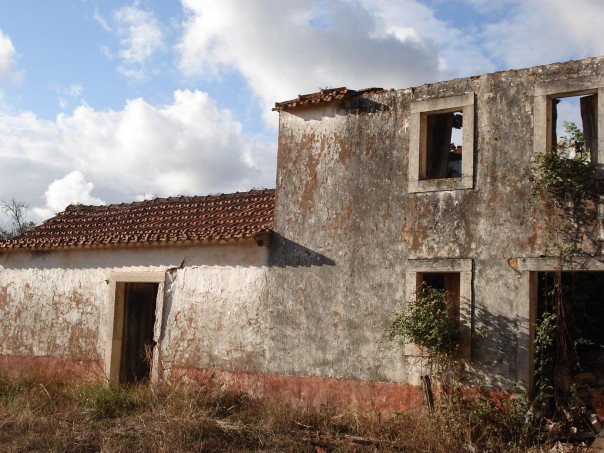
Yet in high school, something changed. I became fascinated by my heritage. I began to take Portuguese classes at the local university. In college, I studied abroad in Portugal, taking intensive language classes, spending significant time with my family, and reconnecting with my roots.
I remember calling my aunt Maria back in the US from my cousin Natalia’s cell phone, which only had reception if you stood on a stone outside her backyard and waved your arms and legs around. I spoke to her in Portuguese, which I had rapidly become fluent in, and I could feel my aunt’s pride beaming through the wireless signal. Since that moment, I have gotten involved with the Portuguese American community, and have made it a point to return to Portugal as often as I can.
I tell you this story because I want you to understand that Portugal is a country that is very close to my heart. Whenever I am there, I can feel my roots raise up from the ground and permeate my body. Here are women who look like me — dark hair, big boobs, soft tummies and coarse chin hair. Here are places my ancestors walked, crying, rejoicing, remembering. Here are hundreds of years of people who succeeded each other until, all the way down the branches of the family tree, it ended with me. There is nothing quite like visiting a homeland, and I feel lucky to know where mine is.
Visiting Portugal
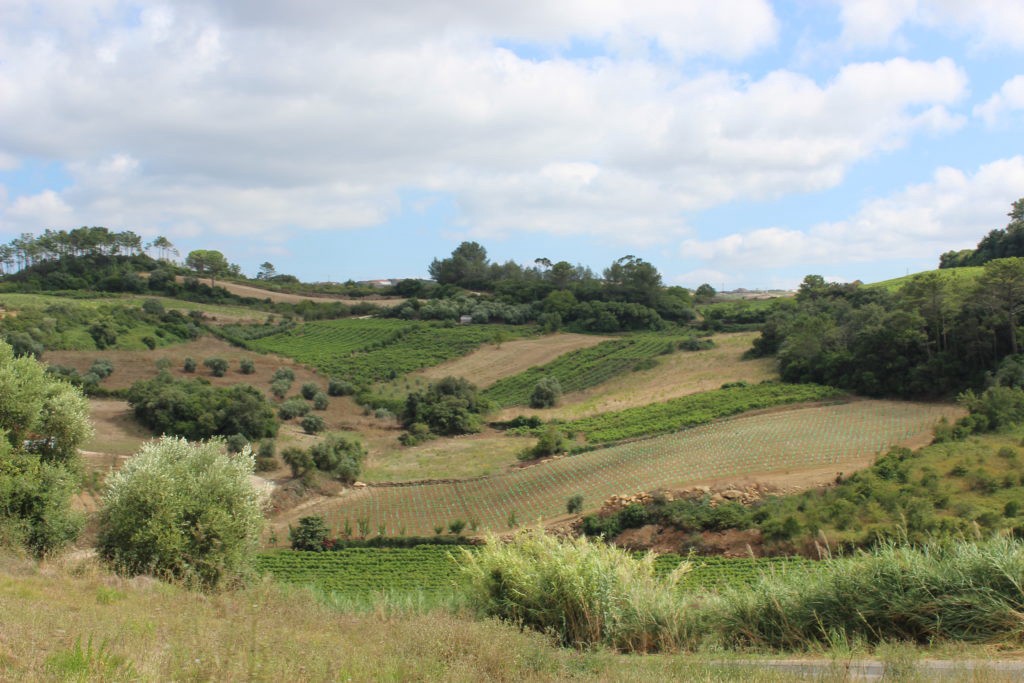
It is with this background that you can come to understand the heart of Portugal. It is old and rich with history, yet seated at the table of European development — a constant juxtaposition of crumbling stone walls and innovative eco retreats, impressive Manueline palaces and crisp, modern shopping centers. I can have a 50-cent espresso inside a cramped hole in the wall with a single TV propped in the corner showing the game. Then I can turn the corner and spend 4€ on a tall chai latte from Starbucks and no one will think anything of it.
I love this country for how it fuses old and new — grandmothers go out dancing at late night festivals, young boys play Dominoes with elderly men by the ocean, my pre-teen cousin participates in a rancho folklórico where she wears traditional Portuguese clothing and plays the accordion while walking through the tiny streets of her local town, and then we go home and watch CSI on the TV together. Portugal is both advanced and forgotten, high-tech and independent, and it doesn’t want it any other way.
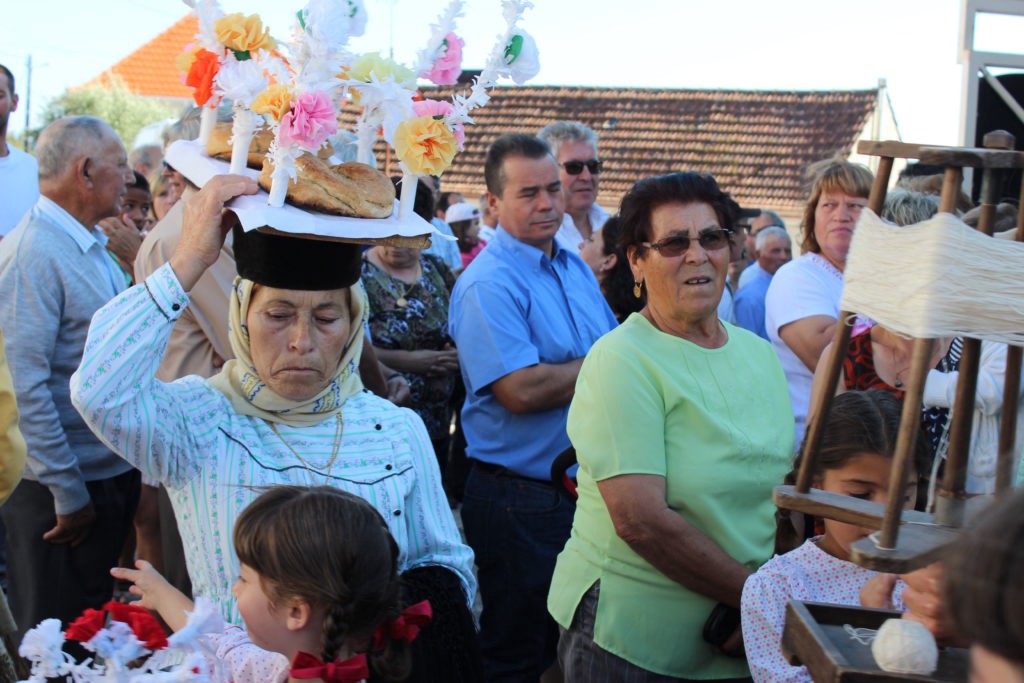
When you visit, make sure to get a good taste of both. Take time understanding Portugal’s triumph in the Age of Discovery; do a port tasting on the banks of the Rio Douro; get a cute top at Zara in downtown Lisbon. The best way to experience Portugal is not by overly planning. It’s by letting Portugal take you where she wants you to go.
Of course, as much as I have come to know this country; I don’t know everything. There are many places I still have yet to visit and you may disagree about where I choose to focus my attention. The recommendations below are pulled only from my personal experience, which is and always will be limited.
Places: North or South?
There are seven regions in Portugal, but to a visitor I think the narrow country can be divided roughly into three main areas: the north, the south, and Lisbon and the towns surrounding it. Unless you are spending a significant amount of time in-country, I wouldn’t recommend you try to hit all three of these sections; better to get to know one or two.
As Lisbon is conveniently in the middle of Portugal’s west coast, I often recommend that a visitor fly into Lisbon, rent a car, and then pick a direction. If you travel north, you will hit some of Portugal’s oldest castles and picturesque mountain villages. If you travel south, you’ll experience warmer climates and beaches (I also think that it’s safe to say that the two extremes, the Algarve in the south and Trás-os-Montes in the north, couldn’t be more different — in the Algarve you will find many European tourists and English speakers, to the point that there is little if any Portuguese spoken, while in Trás-os-Montes it will be much harder to find English speakers and you may find yourself in a more “typical” Portuguese experience).
Here are my top picks for each region:
Lisbon and the Center
Lisbon
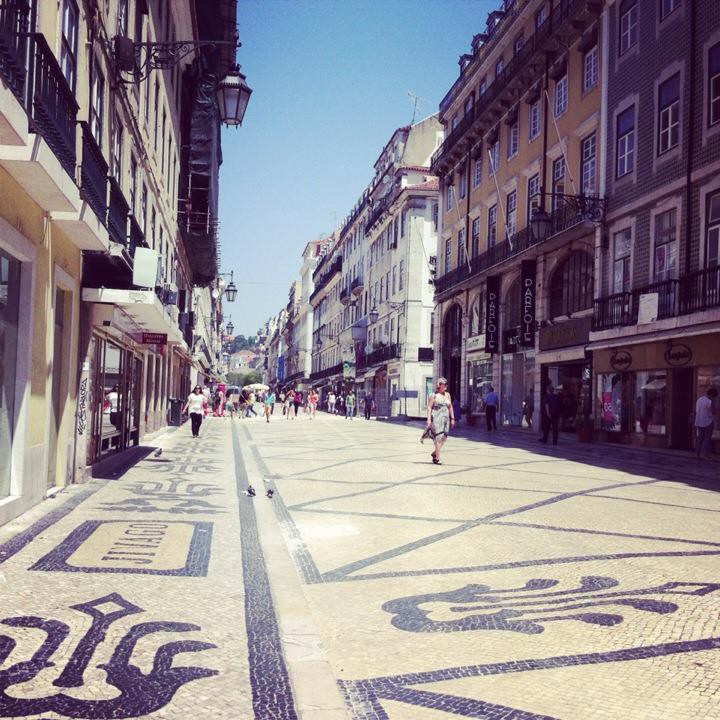
Of course, spending a few days in Lisbon is not only magical, it’s necessary. I am a particular fan of walking the picturesque Avenida da Liberdade where you will find all sorts of cute cafes and restaurants. If you’re looking for a place to have dinner, consider starting your trek here and then turning into an alley. Then turn into another alley. That’s where you’ll find the best food (and it’ll be much cheaper than what you’ll find in the Avenida).
The Baixa is touristy and majestic, especially the Praça do Comércio. If you’re feeling less adventurous, you’ll also find some typical Portuguese eats along the cobbled streets of the Baixa. They tend to be less pricey than the Avenida because they’re appealing to tourists, but hey, you’re a tourist — and the food will be good. Just watch your cameras and other belongings, as my dad once had his stolen right off the table while dining here.
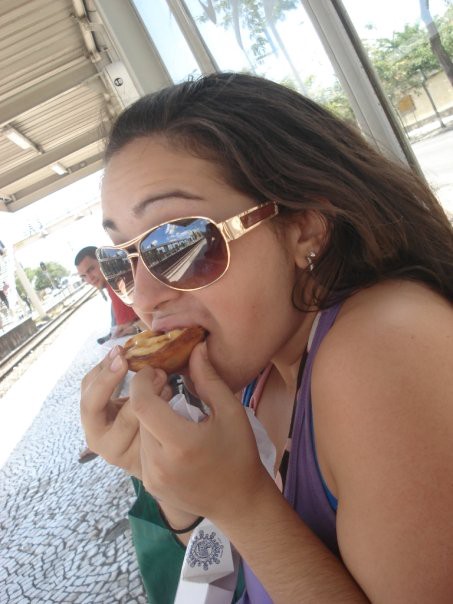
Other not-to-miss places:
- Castelo São Jorge, the city’s main castle. Get ready to walk a little bit. As you would expect, the castle is on top of a hill (you can also take transit up there, but what’s the fun in that?)
- Belém — You can take a train here from the Baixa to this district in Lisbon and stop at the very famous Pastéis de Belém bakery, where you can get a pastel de nata, a delicious custard tart (called pastel de Belm here out of local pride). Absolutely a bucket list item. Here’s how to pronounce if you speak with an American accent: “pash-TEL duh bel-EIN” (pastel de Belém) or, outside Belém, “pash-TEL duh NAH-tuh”. Make sure to check out the Torre de Belém, a stone tower along the water that’s Portugal’s tribute to its discoverers, on the way over.
- Getting some local fado — Fado is a sad, slow, traditional type of Portuguese music. In Lisbon it’s sung by a woman (while if you hear a man singing it, that’s Coimbra fado) and is absolutely heartbreaking and beautiful. There are few fado houses that aren’t geared toward tourists, but it’s still worth going. I recently went to Clube de Fado in the Alfama district and had a great time.
- Historic landmarks for food, coffee and pastries:
- Café a Brasileira
- Café Nicola
- Confeitaria Nacional
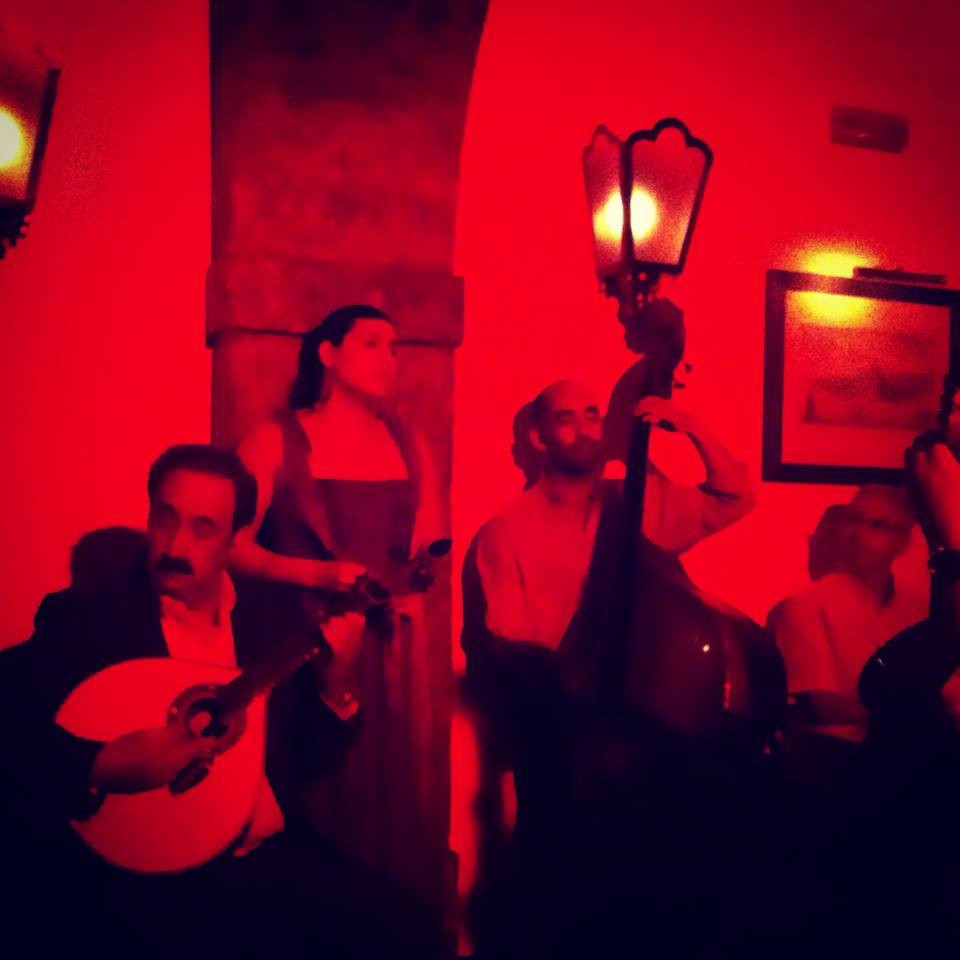
The Estoril Coast, including:
Cascais
A seaside town considered the Lisboeta’s summer playground. You can read all about Cascais here on Lonely Planet.
Sintra + Mafra
Pretty much the closest thing Portugal has to Disney World, except for the small detail that IT’S ALL REAL. Sintra is a not-to-miss with colorful castles that you previously thought only existed in fairy tales. There are many group tours that go to Sintra from Lisbon in case you didn’t rent a car. Don’t miss the Palácio Nacional, the Palácio Pena (this is the crazy colorful one) and the Castelo dos Mouros.
Mafra has the Mafra National Palace, also worth a visit.
Slightly north but well worth the visit (and approaching my family’s homeland)
Óbidos
Hands-down one of my favorite towns in Portugal. The tiny Óbidos is hidden inside castle walls, home to about 3,100 residents. Make sure to have a taste of ginjinha, a sour cherry liqueur. Best if you taste it in a chocolate shot cup during the annual Festival Internacional de Chocolate.
Fátima
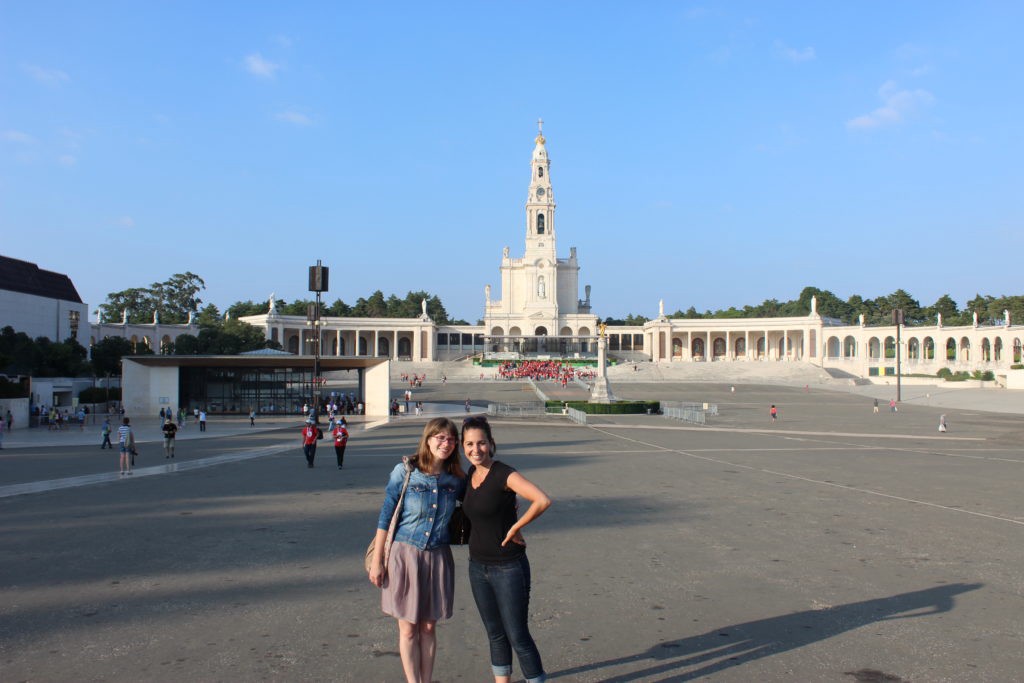
Whether or not you’re Catholic, Fátima is a pretty special place to visit and continues to be the Catholic pride of Portugal. In 1917, three children are said to have witnessed apparitions of the Virgin Mary who requested they build a church on the land. Because the town refused to believe that they had received a visit of such importance, the Virgin Mary proved herself to the community by performing a miracle: she made the sun dance around the sky.
Soon after, a huge sanctuary was constructed in homage to this miracle, and it is almost as impressive as the Vatican itself. I highly recommend you spend some time in this holy site, and if you have time, take a tour to visit the homes of the three children — Lucia, Jacinta and Francisco. When I visited, the owner and operator of the in-home museum was the nephew to one of the children, and spoke with a glimmer in his eyes. It was cool to speak directly with someone who was so close to this important moment in Portugal’s religious history.
Alcobaça and Batalha
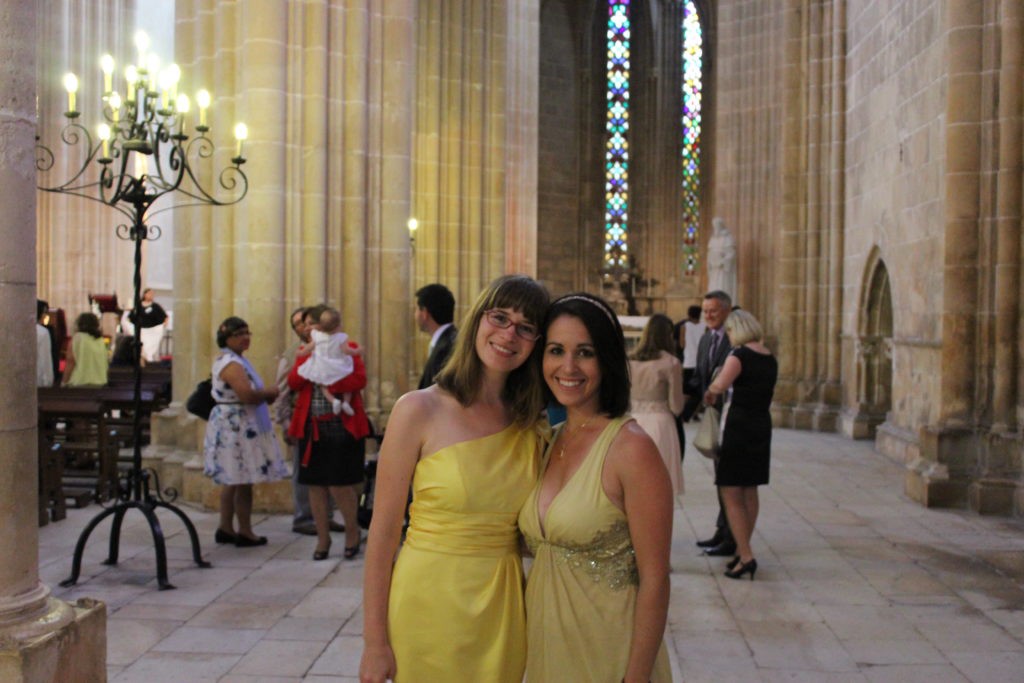
The Monastery of Alcobaça was founded by Portugal’s first king, Afonso Henriques. It is a mammoth cathedral with a spooky history, as it houses the tombs of King Pedro I and his mistress, Inês de Castro, who was murdered by King Pedro’s father, King Afonso IV. The tombs are positioned feet to feet, so that on Judgment Day Pedro and Ines may rise from their graves and the first thing they will see is each other. Romantic if not in a creepy way, I suppose.
After visiting Alcobaça, I recommend you also check out the Monastery of Batalha, which is an equally impressive yet completely different monastery with a flamboyantly gothic architectural style.
Nazaré
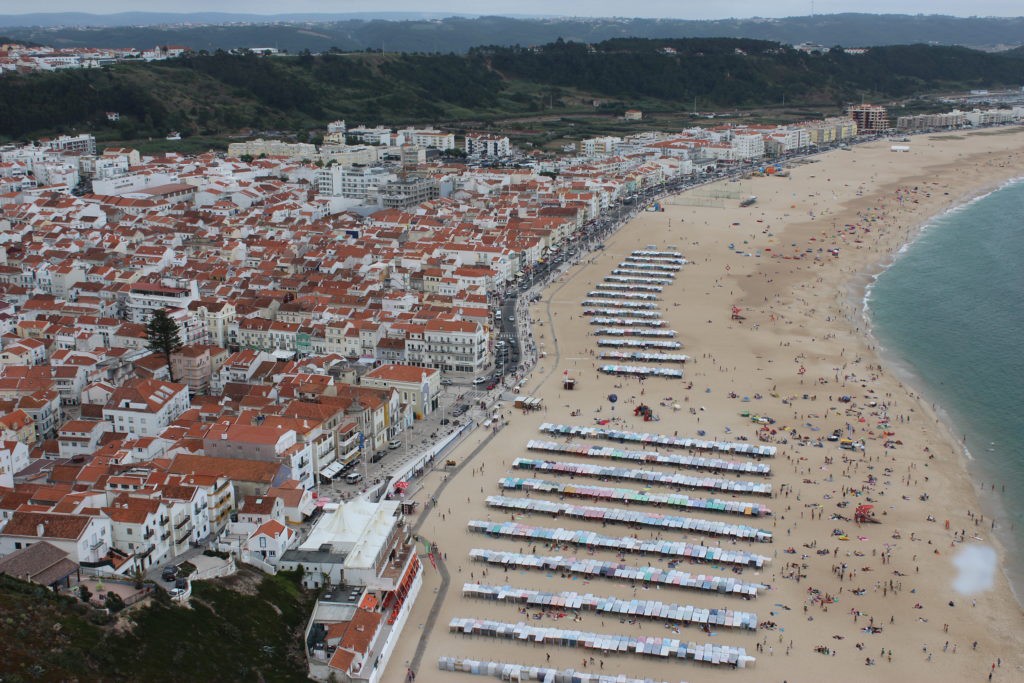
My favorite beach in the North, Nazaré is a popular vacation spot for many Portuguese. A few members of my family have summer homes there. Get lost in the super-narrow streets near the beach then take the tram up to the Sítio, the neighborhood atop Nazaré’s cliffs where you will find women in traditional Portuguese wear selling nuts and souvenirs. Down below, you will see them drying fish on the beach. Nazaré’s powerful waves also make it a premier surfing destination and home to many competitions.
If you’re looking for other beach towns driving north from Lisbon, check out São Martinho do Porto and Peniche.
The North
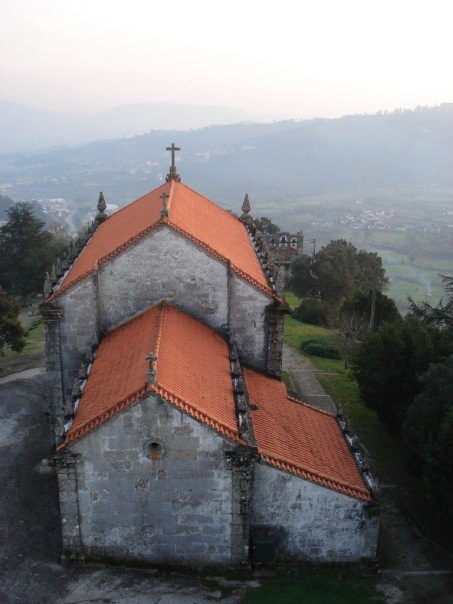
Northern Portugal has a very special place in my heart. It is the place I think of when I think of Portugal — old, wrinkled men and women living in tiny cottages speckled along a Portuguese mountain range. It is, in my opinion, highly underrated and not frequently visited by tourists (except for Porto, of course), which makes it feel extra special.
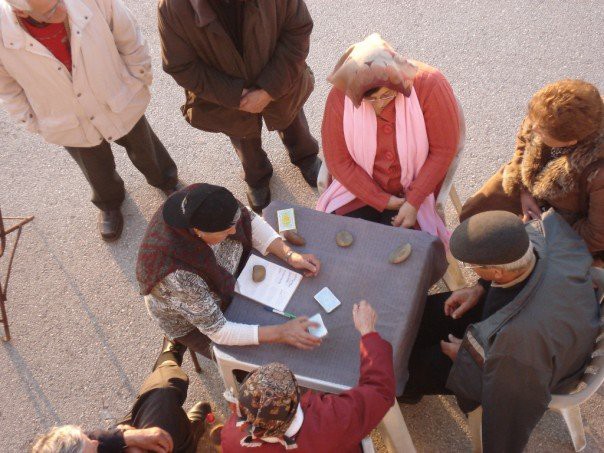
Coimbra
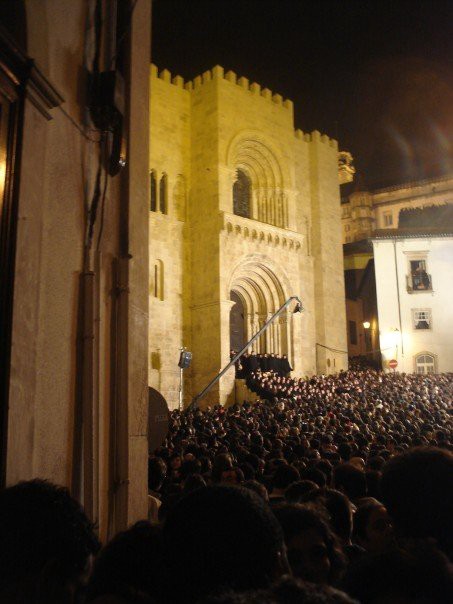
For one year, I studied abroad at the Universidade de Coimbra, a majestic university with a rich regal history. For this reason, Coimbra feels like home (though I confess it has been nearly a decade since I was last there, so there is much, I know, that has changed). The city sits atop a hill, situated along the banks of the Mondego River (prime real estate from a defense perspective). If you climb the steep roads to the university, don’t miss the famous Biblioteca Joanina on the university grounds, built in the 18th century by King João V.
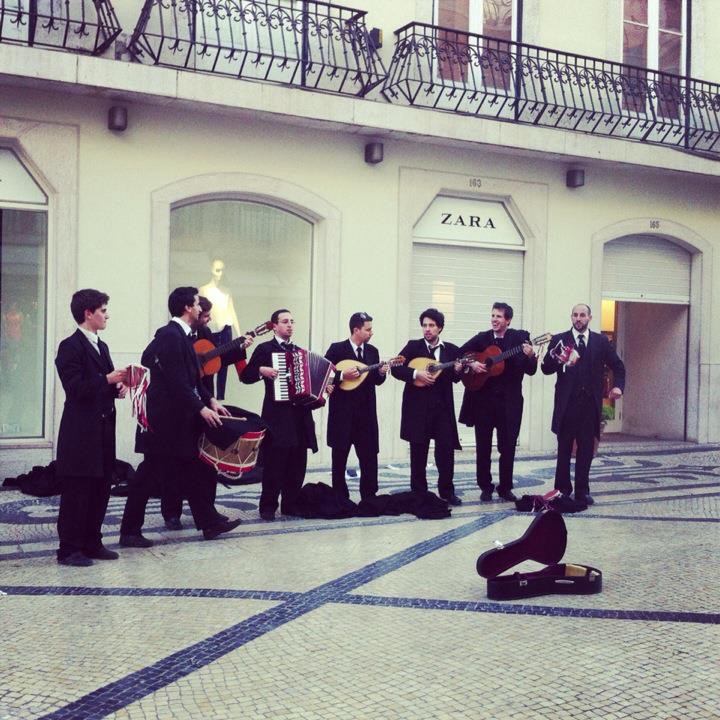
If you’re lucky, you’ll also catch some Coimbra fado (remember: the men sing the fado here) and some students walking around in black capes, typical of university tradition.
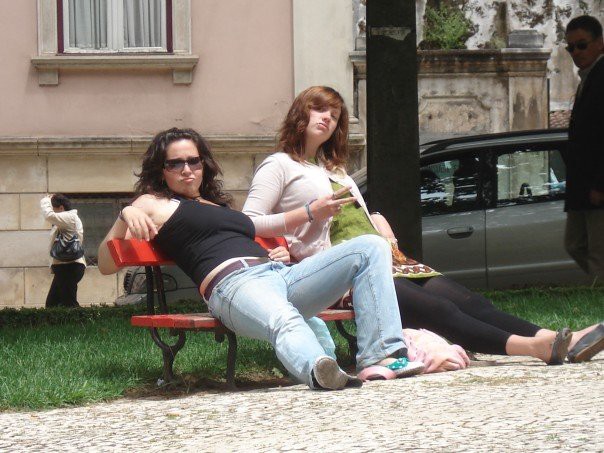
Coimbra is also beautiful along the banks of the Mondego, where you will find the Baixa neighborhood (as in Lisbon, the Baixa is located downtown, as “baixa” means “low”). Have a coffee in one of the sidewalk cafes here and take in the view of the beautiful river.
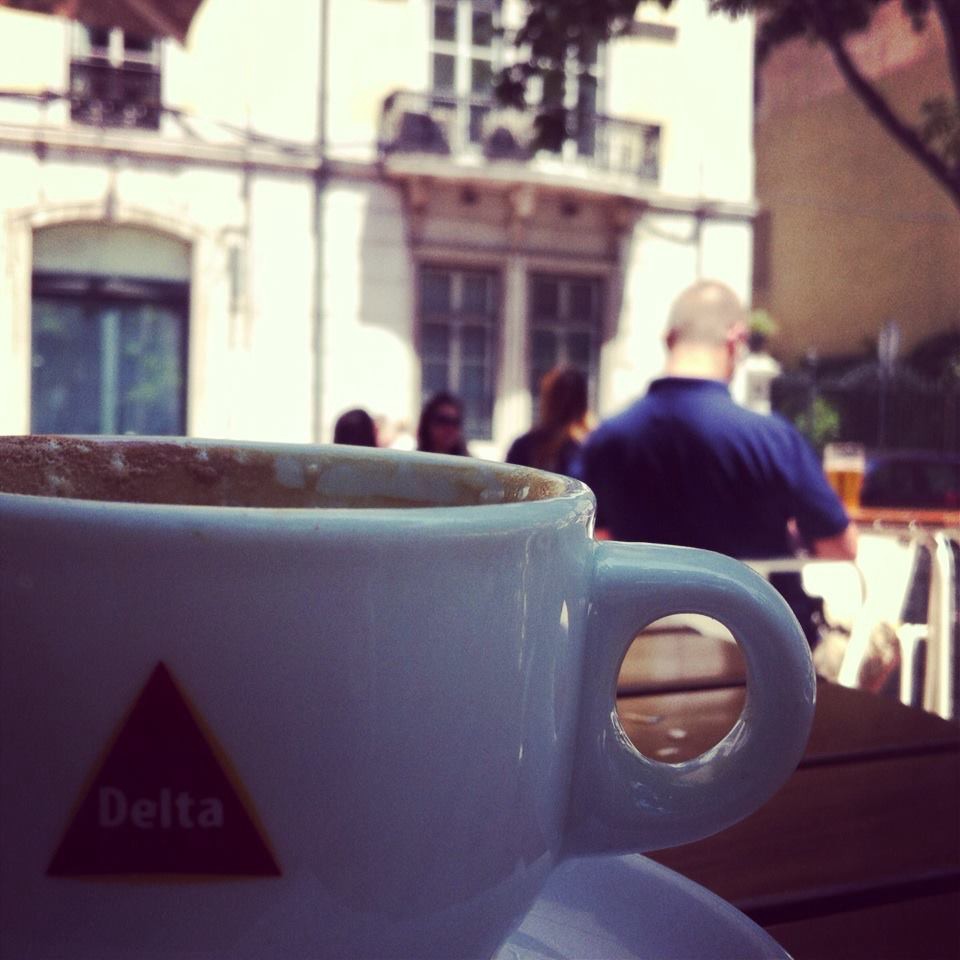
A few coffee tips for when you order:
- Café is espresso
- Café pingado is espresso with literally one drop of milk
- Meia de leite is my favorite — half milk, half coffee — most resembles an American coffee
- Galão is coffee with a ton (a “gallon”) of milk in it
An espresso will cost you roughly 50–55 cents (though it might be slightly more now). You pay by putting the money on the tray of the waiter as they serve you. No need to tip on coffee — they will bring you change. There’s not a huge tipping culture in general in Portugal.
For a morning or afternoon walk, take the pedestrian bridge over to the other side of the river and explore the sunken ruins of the Mosteiro de Santa Clara-a-Velha, which were unearthed in the 20th century after being abandoned for 300 years. You can also visit the Quinta das Lágrimas, site of the bloody slaying of King Pedro’s beloved Inês de Castro, the same people buried at the Mosteiro de Alcobaça. You can learn about the creepy history, including the particularly disturbing fact about how Pedro exhumed Inês’ body and forced people to kiss her decaying hand, on this Wikipedia page.
If you’re looking for a final stop, try walking up the Rua da Alegria, which is the street I called home for a year (literally translated to the “Road of Happiness”, which I will gladly accept).
Aveiro
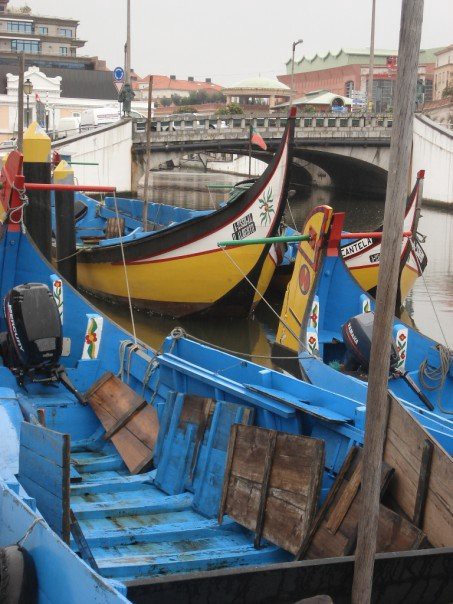
The “Venice of Portugal” is home to beautiful canals and highly decorated fishing boats. Check out this great summary of 24 hours in Aveiro by Messynessy. I would only read with caution her marvels over trying ovos moles. I personally find them rather disgusting, but she is correct that they are considered the gems of Aveiro pastry art and beloved by many Portuguese.
Porto
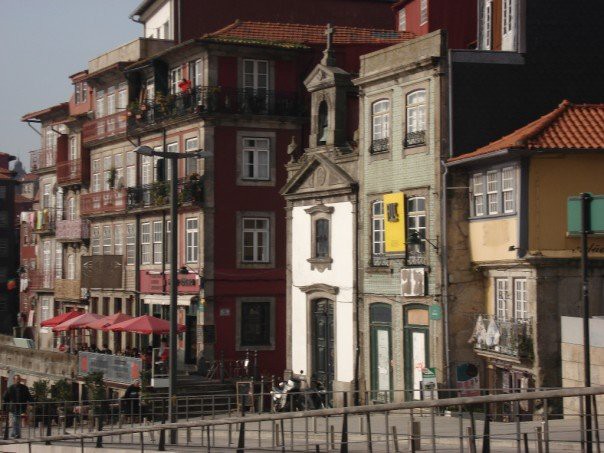
When I last visited, Porto was a grungy, forgotten, beautiful, real taste of Portugal. I have heard that it still has not lost this grunge, which honestly makes me happy. Where Lisbon is glistening, Porto is old; where Lisbon shouts, Porto whispers. But the city has so much to offer. Don’t miss a stroll along the beautiful Rio Douro (especially if it ends in a port tasting in Vila Nova de Gaia). If you’re looking for a romantic night out, check out the Casa da Música.
Other beautiful places in northern Portugal:
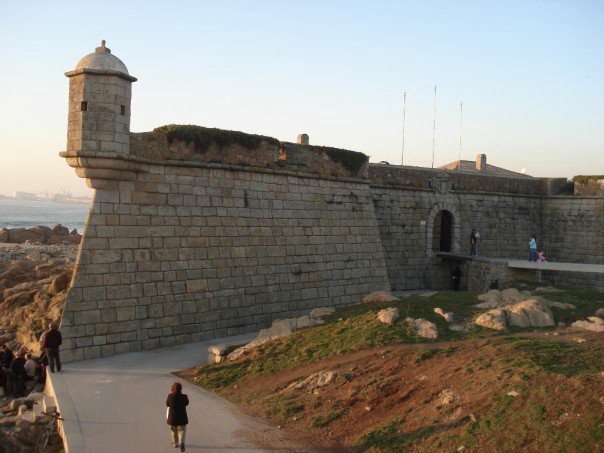
- Guimarães: For a long time, Guimarães was the capital of Portugal — its first king was born here.
- Braga: Beautiful city, lots of great architecture.
- Barcelos: Home of the galo de Barcelos, those little painted roosters you see everywhere. Check out the official story of the rooster of Barcelos here. It’s great and, in true Portuguese fashion, talks about death, miracles, and paying homage to both.
- Parque Nacional da Peneda-Gerês: I’m telling you, the Parque Nacional da Peneda-Gerês is real beauty. One of Portugal’s only national parks, the area is covered in boulders the size of office buildings. You won’t believe it until you see it for yourself.
The South
I confess the south of Portugal is less known to me, besides a couple of quick visits many years ago. However, here’s what I know:
Évora
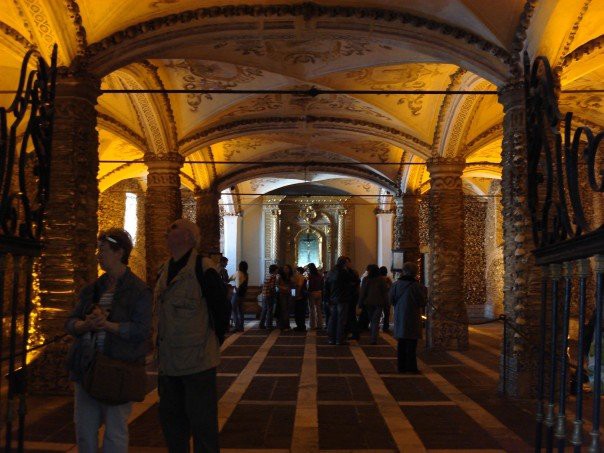
Évora is definitely my favorite city in the south. Don’t miss the capela dos ossos, or bone chapel. Yes, it is constructed entirely of human bones. As you are beginning to understand, I’m a sucker for creepy history (maybe part of my Portuguese heritage), and particularly enjoy the phrase outside the chapel, which says “Nós ossos que aqui estamos, pelos vossos esperamos” — that is, “our bones that are here wait for yours!”

Sagres + Cabo de São Vicente
At one point the Cape of São Vicente was considered the end of the world — it is the westernmost point of Portugal. Check out the fantastic lighthouse here, and then make a stop at the Sagres brewery to taste some freshly brewed bottles of some of Portugal’s domestic beer.
Faro, Lagos + Albufeira

These three are gorgeous towns along the southern coast of Portugal. They are warm, filled with beaches and turquoise water, and filled with German and British tourists. As I mentioned above, you are likely to find more English-speakers than Portuguese-speakers. If you’re looking for a relaxing beach vacation in a beautiful paradise, you’ve come to the right place.

In Lagos, walk along the coastline where the fishing boats are. There are many men there who will take you out in their boats for a small fee and you can explore some amazing hidden beaches and coves that are inaccessible by car.
If you’re looking for more about the Algarve, check out this amazing article published in the New York Times.
There you have it, kids. Over 3,000 words of pretty much everything I know about Portugal, straight from the fingertips of a Portuguese American. I hope you’ve enjoyed this little tour around the country I love, and please share any places or questions you have in the comments section!













































